Disclosure: This article contains affiliate links. We may earn a commission from purchases at no extra cost to you, which helps our travel content.
The transition from the acacia-dotted savannas of Tanzania to the azure waters of the Philippine archipelago represents more than just a geographic shift—it's a journey through contrasting ecosystems that share surprising ecological parallels. As a marine biologist with a penchant for cultural immersion, my recent month-long expedition across these two remarkably different worlds revealed how climate change creates similar challenges for both terrestrial and marine biodiversity. What began as a research trip evolved into a profound solo adventure that connected scientific inquiry with human stories across hemispheres.
Tanzania: Where Conservation Meets Culture
My Tanzanian journey began in Arusha, where I spent two nights acclimating while preparing my field equipment. The city pulses with a vibrant energy—markets overflow with colorful kitenge fabrics and the aroma of kahawa (coffee) wafts from small cafés. As someone who appreciates a proper brew, I was delighted to discover Tanzania's rich coffee heritage rivals that of my previous research sites in Colombia.
The transition to Serengeti National Park was jarring yet magnificent. My first game drive revealed an ecosystem far more complex than textbooks suggest—the intricate dance between predator and prey playing out across landscapes that shift from dusty plains to acacia woodlands. I stayed at a mid-range tented camp where canvas walls allowed the sounds of the wilderness to become my nightly soundtrack. The staff, primarily from local Maasai communities, shared traditional ecological knowledge that often paralleled scientific understanding but with generations of observational data I couldn't access in academic journals.
In Ngorongoro Conservation Area, I witnessed a remarkable integrated conservation model where Maasai communities continue traditional pastoralist practices alongside wildlife protection efforts. This coexistence—though not without tensions—offered valuable lessons in sustainable ecosystem management that I've rarely encountered elsewhere. Each evening, I documented observations using my waterproof field notebook, which proved invaluable during unexpected downpours.

💡 Pro Tips
- Learn basic Swahili phrases—locals genuinely appreciate the effort and it opens doors to deeper cultural exchanges
- Book accommodations with community ties for authentic experiences and to ensure tourism benefits local populations
- Rise early for game drives—wildlife is most active at dawn, and the golden light creates stunning photography conditions
Bridging Continents: The Conservation Connection
The 24-hour journey from Dar es Salaam to Manila offered crucial reflection time on the ecological parallels between these seemingly disparate regions. Both face significant climate change impacts—drought cycles intensifying in Tanzania's savannas mirror the increasing storm severity threatening Philippine coral systems. My layover in Doha allowed me to transfer data from my portable hard drive to cloud storage, ensuring my research observations remained secure.
I've found that extended solo travel demands mental preparation as much as logistical planning. During long transit periods, I rely on my noise-canceling headphones to create a bubble of calm where I can process experiences and prepare mentally for the next destination. The ability to block external stimuli while listening to recorded interviews with Tanzanian conservation officers helped me synthesize observations before diving into a completely new cultural context.
My research focuses on how traditional ecological knowledge complements scientific approaches to conservation challenges. The transition between these countries highlighted how indigenous communities in both regions have developed adaptive strategies responding to environmental changes—strategies that modern conservation efforts increasingly recognize as valuable. This bridge between formal science and generational knowledge remains underexplored territory that my work attempts to document before it disappears.
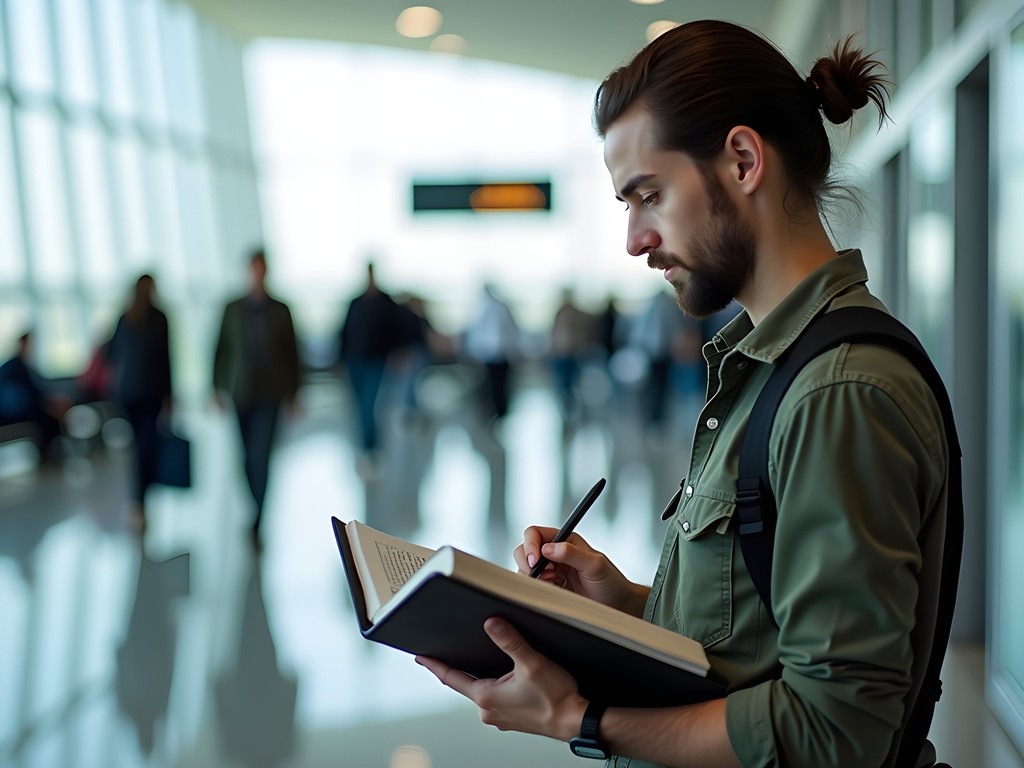
💡 Pro Tips
- Schedule buffer days between major destination changes to process experiences and avoid travel burnout
- Use transit time productively by organizing research notes and photo documentation
- Create digital backups of important documents and research before changing countries
Philippines: Diving into Marine Conservation
Landing in Manila felt like entering another dimension after Tanzania's expansive horizons. The urban density initially overwhelmed my senses, but I quickly transitioned to Cebu and then Malapascua Island, where my marine research would begin. This tiny island—barely two kilometers long—has become a global hotspot for marine conservation due to its resident thresher shark population.
My accommodations at a locally-owned dive resort struck the perfect balance between comfort and authenticity. For ₱2,500 per night (~$45 USD), I secured a basic but clean bungalow steps from the beach. The real investment went toward diving—I conducted daily underwater surveys of coral health using my underwater dive slate to document observations. Malapascua's dive community exemplifies collaborative conservation—local fishermen-turned-divemasters work alongside marine biologists, combining traditional knowledge with scientific monitoring.
The contrast between terrestrial and marine research methodologies became immediately apparent. While my Tanzania work involved vast distances and sporadic wildlife encounters, Philippine marine research meant intimate, prolonged observation in confined underwater spaces. I spent hours documenting coral bleaching patterns and fish population dynamics around Gato Island, a marine sanctuary where fishing has been prohibited through community-led initiatives.
For specialized underwater work, my dive computer proved essential for tracking depth profiles while monitoring reef health across varying conditions. The ability to download this data later helped correlate environmental factors with observed ecosystem changes.
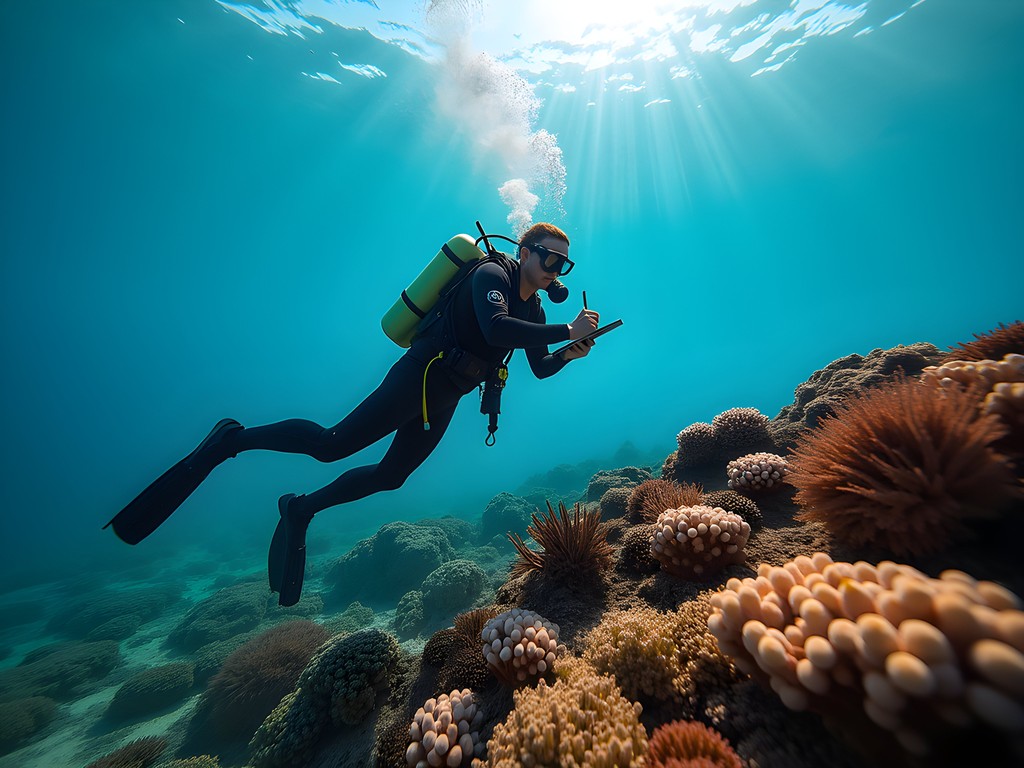
💡 Pro Tips
- Support community-based marine protected areas by hiring local guides who understand the ecosystem intimately
- Learn basic Tagalog or Cebuano phrases—underwater communication is limited, so building rapport before dives is crucial
- Pack reef-safe sunscreen as conventional formulations damage coral—I recommend mineral-based options with non-nano zinc oxide
Sustainable Solo Travel Across Hemispheres
Navigating these contrasting destinations as a solo female researcher presented unique challenges and unexpected rewards. In Tanzania, I initially worried about safety during solo game drives, but found that hiring knowledgeable local guides not only enhanced security but provided invaluable contextual understanding. Similarly, in the Philippines, connecting with women-led diving collectives created both safety networks and research partnerships.
Sustainable travel practices became non-negotiable across both destinations. My collapsible water bottle eliminated hundreds of potential plastic bottles throughout the journey. I've found that visible sustainability practices often spark meaningful conversations with locals facing environmental challenges firsthand.
Language learning remains central to my travel philosophy. While English is widely spoken in both countries, investing time in basic Swahili and Tagalog vocabulary facilitated connections impossible otherwise. My pocket translator device helped navigate complex conservation terminology when my vocabulary reached its limits. This technological assistance, combined with genuine effort to learn phrases, consistently opened doors to community knowledge.
The most profound aspect of bridging these destinations was recognizing how climate vulnerability creates shared experiences across vastly different ecosystems. A Maasai elder describing changing rainfall patterns used remarkably similar language to a Filipino fisherman explaining shifting fish migration—both communities adapting to changes they didn't cause but must navigate daily.
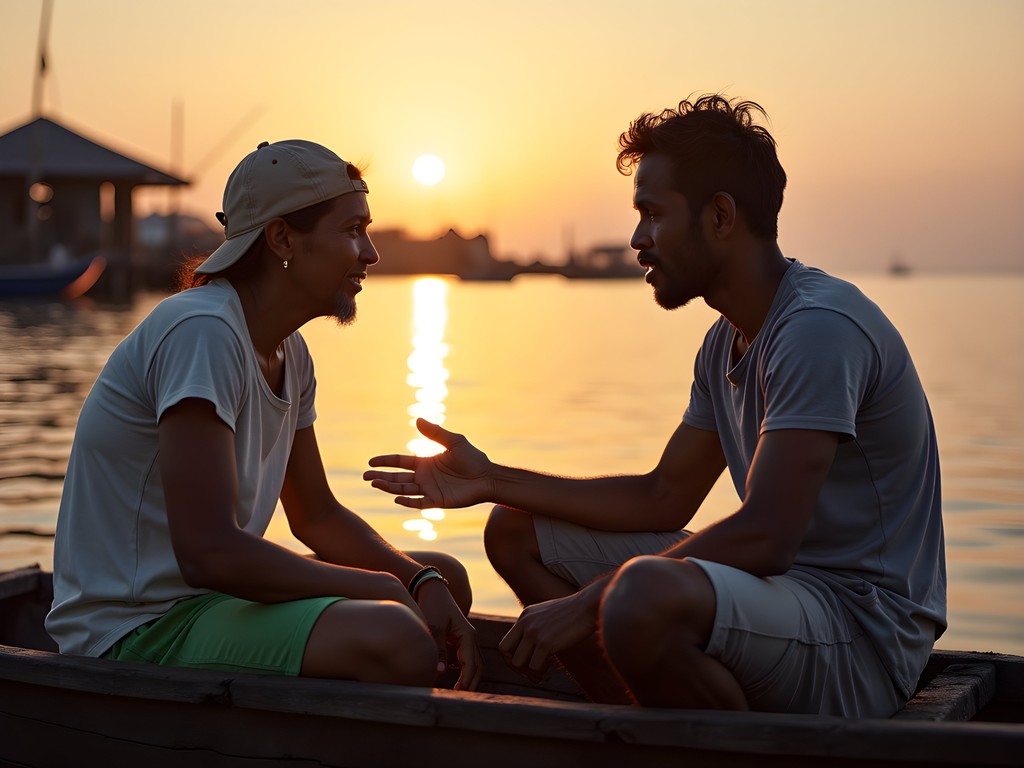
💡 Pro Tips
- Connect with local conservation organizations for volunteer opportunities that provide deeper understanding of environmental challenges
- Travel with minimal plastic by bringing reusable items—small efforts multiply when practiced consistently
- Document local adaptation strategies to climate change—these stories deserve amplification
Final Thoughts
This month-long journey between Tanzania and the Philippines reinforced my conviction that effective conservation requires bridging scientific methodology with traditional ecological knowledge. The savanna and the reef—ecosystems separated by thousands of miles—face parallel challenges that demand collaborative solutions. As solo travelers, we have unique opportunities to connect these disparate worlds through thoughtful engagement and documentation.
For those considering similar cross-ecosystem journeys, I encourage embracing the discomfort of transition. The cognitive dissonance of moving between dramatically different environments forces perspective shifts that reveal unexpected connections. My research continues to explore these parallels, particularly how indigenous communities develop climate adaptation strategies that modern science is only beginning to understand.
Whether you're drawn to terrestrial wildlife or marine ecosystems, the most valuable insights often emerge at the intersection of scientific inquiry and cultural immersion. Pack your curiosity alongside your equipment, and remember that the most meaningful data often comes from conversations rather than instruments.
✨ Key Takeaways
- Conservation challenges transcend ecosystems—similar climate impacts affect both savanna and reef environments
- Traditional ecological knowledge complements scientific research in both Tanzania and the Philippines
- Solo travel between contrasting destinations creates unique opportunities for comparative insights
- Community-based conservation initiatives show the most promise in both regions
📋 Practical Information
Best Time to Visit
Tanzania: June-October (dry season); Philippines: November-May (dry season)
Budget Estimate
$3,000-5,000 for one month including flights, accommodations, and research activities
Recommended Duration
Minimum 3-4 weeks to meaningfully experience both countries
Difficulty Level
Advanced

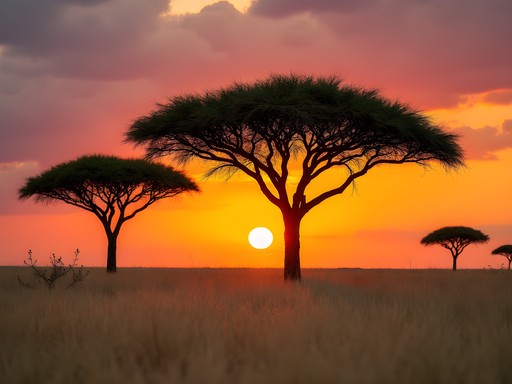
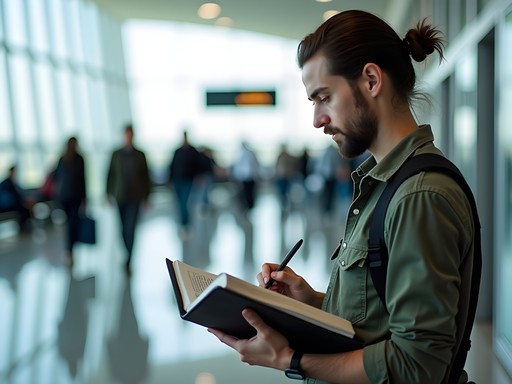
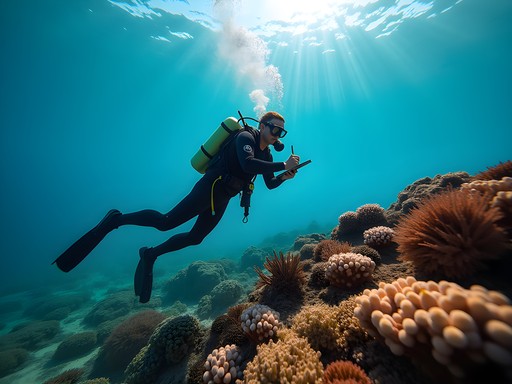



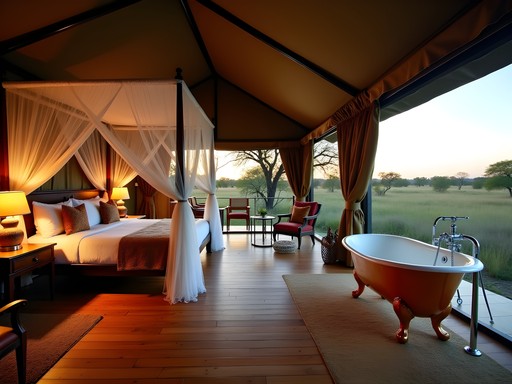
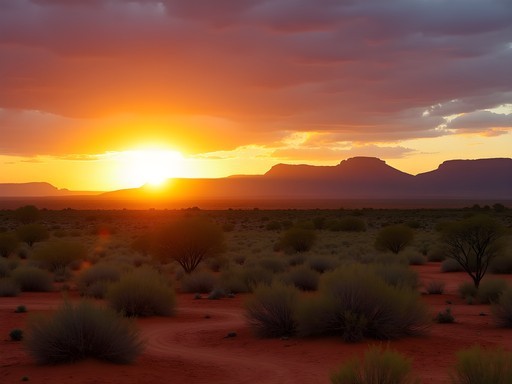



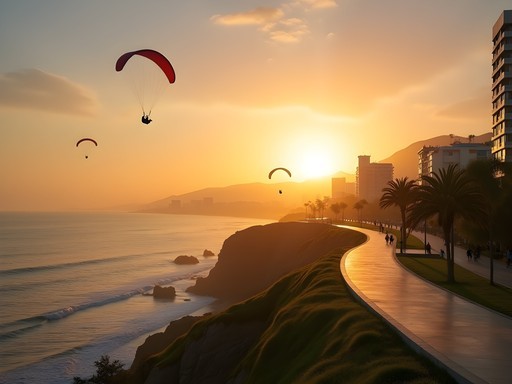

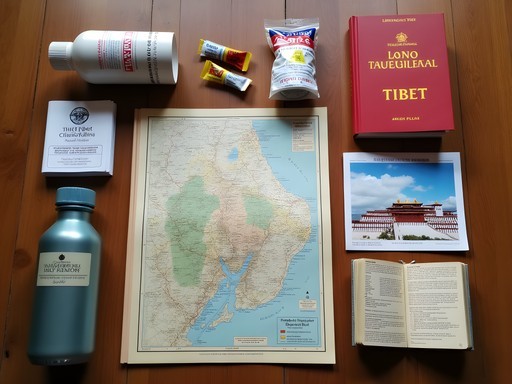
Comments
coolnomad
Those Philippine island photos are incredible! Did you really swim with whale sharks? Bucket list moment! 😍
adventurequeen
Just got back from Tanzania myself! The contrast between Ngorongoro's ecosystem and Serengeti was mind-blowing, but I didn't make it to the Philippines. How did you find the transition between wildlife viewing and marine conservation activities? Were there any unexpected parallels? I found myself completely recalibrating my senses going from the dusty savanna to the humid rainforests even within Tanzania. Can't imagine the sensory shift going to island ecosystems! Your post has me adding Philippines to my conservation-focused destinations list.
greenblogger
Did you offset your carbon footprint for the flights between continents? Looking for good programs that actually make a difference!
Dylan Turner
Avery, your comparison of conservation approaches across these disparate ecosystems is thought-provoking. While the Philippines has made strides with community-based marine protection (particularly in Tubbataha), Tanzania's model of combining tourism revenue with conservation remains one of Africa's most sustainable frameworks. I'm curious how you navigated the cultural transitions - did you find the conservation ethos fundamentally different between East African and Filipino communities? In my experience, the Maasai view of wildlife stewardship contrasts sharply with Filipino fishing communities' approach to marine resources, yet both have developed sophisticated traditional knowledge systems.
coolclimber
How did you manage the solo travel safety aspect, especially in more remote areas? Planning my first solo trip and nervous!
Dylan Turner
Not the author, but as someone who's done extensive solo travel, I recommend personal locator beacon for remote areas. I never leave without it in Tanzania's conservancies or Philippine islands with spotty coverage. Safety aside, connecting with local guides is invaluable - they know which areas require extra caution.
coolclimber
Thanks for the tip! Will definitely look into that. Did you find it easy to connect with trustworthy local guides?
Gregory Boyd
The conservation connection you've drawn between East Africa and Southeast Asia is fascinating, Avery. Having spent considerable time in both regions, I've observed how different the conservation challenges are - habitat fragmentation in Tanzania versus marine degradation in the Philippines. Your insight about bridging scientific methodology with local knowledge resonates deeply. During my time in Palawan, I found that the most successful marine protected areas were those where scientists collaborated meaningfully with fishing communities. Did you notice similar patterns in Tanzania's wildlife corridors?
coolclimber
This is exactly what I'm researching for my environmental studies thesis! Would love to hear more about those Palawan MPAs.
wanderlustrider
This looks amazing! How difficult was it to plan the logistics between such different destinations?
adventurequeen
I did something similar last year (though Kenya instead of Tanzania) and found that booking separate tickets with a 2-day stopover in Dubai worked best. Gives you time to adjust!
adventurepro
What an incredible journey! Tanzania and Philippines in one trip is goals! 🦓🌊
islandstar
How did you handle the extreme weather differences? Packing for savanna and tropical islands in one bag seems challenging!
Avery Andrews
Great question! I used packing cubes to separate climates and did laundry mid-trip. Kept safari clothes light (neutral colors, quick-dry) and relied on layering rather than bulky items. The real challenge was shoes - hiking boots for Tanzania took up tons of space but were essential!
travelace
Those Serengeti sunset pics are unreal! 🌅
Venture X
Premium card with 2X miles, $300 travel credit, Priority Pass